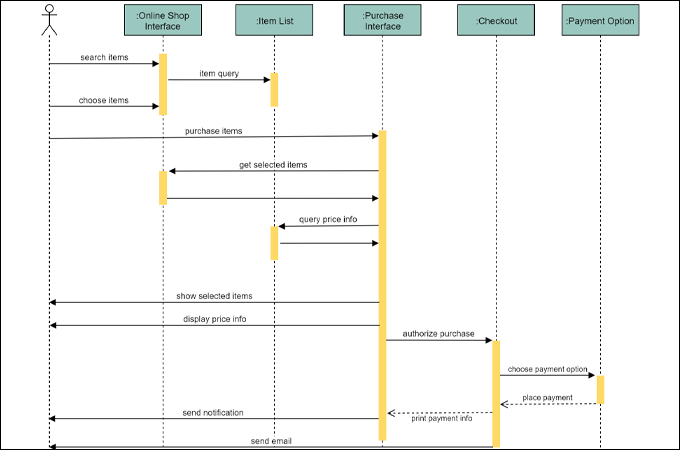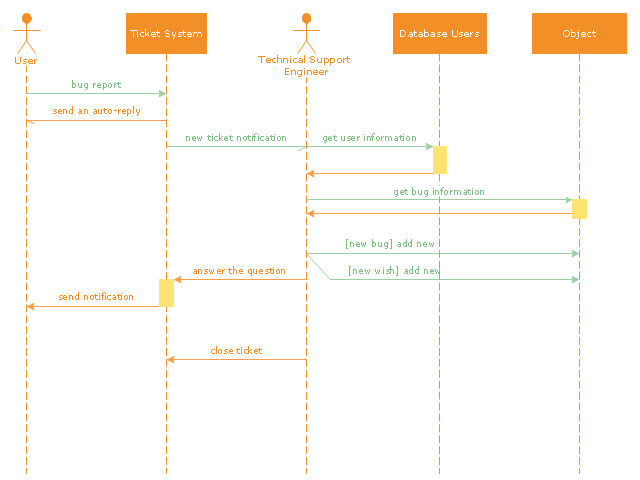

In principle this might appear to be beneficial, but in practice it often results in the unnecessary duplication of code. The idea of a design pattern is an attempt to standardize what are already accepted best practices. They were "convicted" by ⅔ of the "jurors" who attended the trial. OOPSLA 1999, the Gang of Four were (with their full cooperation) subjected to a show trial, in which they were "charged" with numerous crimes against computer science. The study of design patterns has been excessively ad hoc, and some have argued that the concept sorely needs to be put on a more formal footing. He demonstrates that 16 out of the 23 patterns in the Design Patterns book (which is primarily focused on C++) are simplified or eliminated (via direct language support) in Lisp or Dylan. Peter Norvig provides a similar argument. But if something is referenced instead of copied, then there is no "pattern" to label and catalog. Under ideal factoring, a concept should not be copied, but merely referenced. The need for patterns results from using computer languages or techniques with insufficient abstraction ability. The concept of design patterns has been criticized by some in the field of computer science.

While class-creation patterns use inheritance effectively in the instantiation process, object-creation patterns use delegation effectively to get the job done. This pattern can be further divided into class-creation patterns and object-creational patterns. These design patterns are all about class instantiation. Common design patterns can be improved over time, making them more robust than ad-hoc designs. In addition, patterns allow developers to communicate using well-known, well understood names for software interactions. Design patterns provide general solutions, documented in a format that doesn't require specifics tied to a particular problem. These techniques are difficult to apply to a broader range of problems.
Free uml system sequence diagram generator how to#
Often, people only understand how to apply certain software design techniques to certain problems. Reusing design patterns helps to prevent subtle issues that can cause major problems and improves code readability for coders and architects familiar with the patterns. Effective software design requires considering issues that may not become visible until later in the implementation. It is a description or template for how to solve a problem that can be used in many different situations.ĭesign patterns can speed up the development process by providing tested, proven development paradigms. A design pattern isn't a finished design that can be transformed directly into code. Design pattern is a general repeatable solution to a commonly occurring problem in software design.


 0 kommentar(er)
0 kommentar(er)
